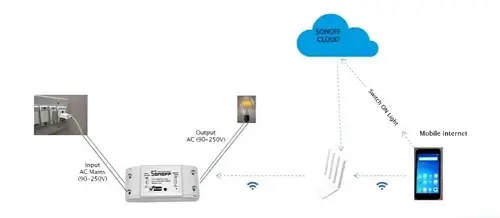So, picture this: I'm sitting in my living room, surrounded by a brigade of smart devices, each with its own glowing indicator and whispering fan. It's like living in the cockpit of a spaceship. At first glance, it's futuristic heaven. But, here's the kicker—I started noticing that my bank statements were reading more like horror novels than balanced budgets.
Are Smart Devices Actually Saving Us Money?
Here's the thing—when I first dove into the world of smart home tech, I was sold on the idea of saving time and money. 'Think of all the savings on your energy bill!' they'd say. And sure, there's truth to that. You can program your thermostat to only heat or cool when you're home. But how about the hidden costs? Those sneaky little devils nobody talks about at tech expos or flashy ads.
One day, while sipping coffee and rechecking my expenses (as one does in moments of sudden financial reflection), I realized I was shelling out quite a bit for things like device subscriptions and data plans. Suddenly, every monthly statement from various services felt like a tap on the shoulder reminding me, 'You're not just paying for convenience; you're financing it.'
The Subscription Trap
You know how it goes. You buy that sleek smart security camera to keep an eye on your dog while you're at work—only to find out you need a subscription to save any footage longer than two days. Or take cloud storage fees for all those amazing photos your doorbell cam captures (hey, some folks have art galleries; I've got videos of mailmen dodging puddles).
- Monthly app subscriptions: Because who doesn't want their coffee machine synced up with their morning alarm?
- Software updates: Often included in initial costs but sometimes requiring additional purchases.
- Maintenance and replacements: Remember that time my smart speaker decided it wanted to serenade me with random playlists? Turns out it needed a software update... which wasn't free.
The Energy Bills That Weren’t Supposed to Be
Next up are those unexpected utility bills! Believe it or not, some devices use more energy than they save—especially if they're always plugged in and on standby waiting for your command like eager little soldiers.
A friend once told me she unplugged her unused smart gadgets before going on vacation only to realize later how much she'd actually saved during that period! It’s ironic how we're adding devices meant to conserve energy but end up with more chargers eating electricity.
Time Costs We Didn’t Expect
No one ever mentions the setup time either! I remember getting my first smart lightbulb; what an ordeal! Hours spent setting things up, updating apps, reconnecting lost connections—honestly made me long for the simplicity of an old-fashioned switch.
“For every minute spent organizing, an hour is earned.” - Benjamin Franklin might've said if he lived today!
So What’s The Verdict?
I guess what I’m trying to say is that while our homes get smarter and we bask in modern conveniences (like having our groceries delivered by drone), let's not forget the less-tangible costs lurking beneath those shiny new gadgets.
If you're thinking about diving headfirst into this wonderful world of smart technology or maybe even expanding your current setup—by all means go ahead—but maybe take stock first?
- Create a budget specifically for smart device-related expenses so nothing catches you off guard later down the road.




